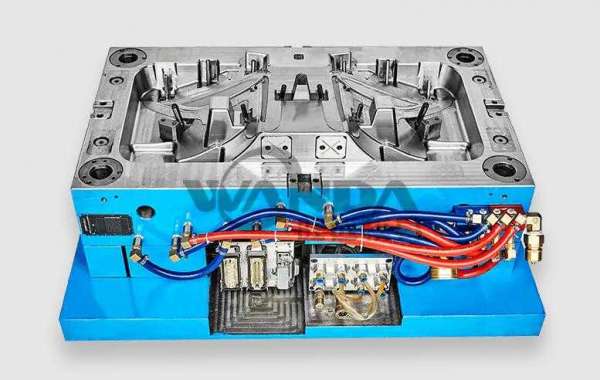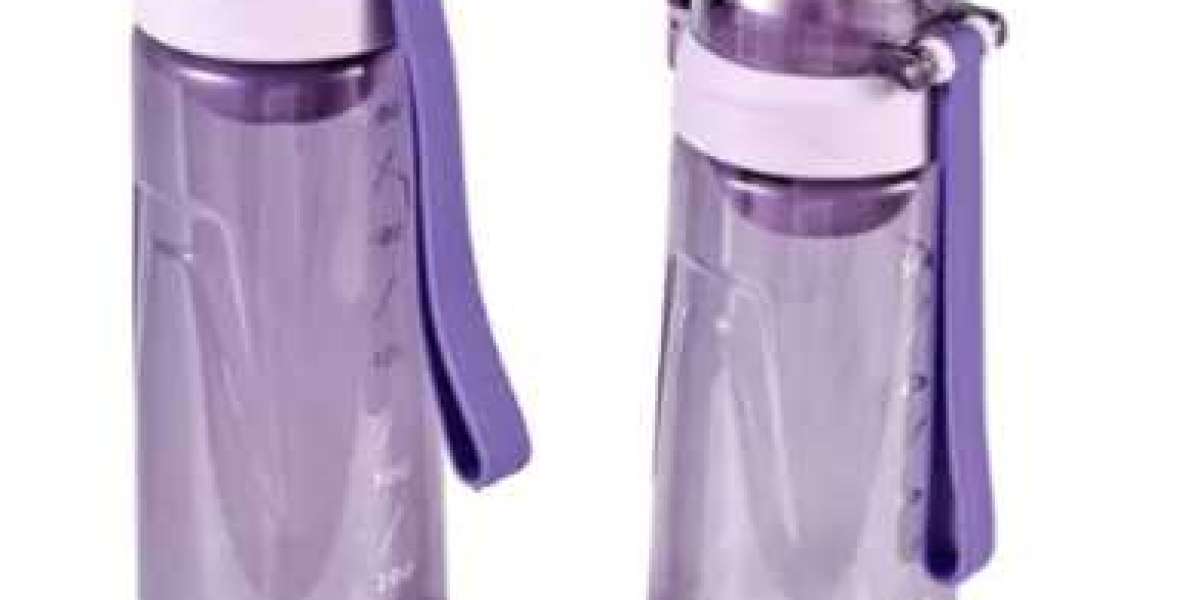Injection molding materials for auto parts from Auto Parts Mould Manufacturers
Automakers need to build vehicles to strict safety standards and pass several certifications before they can hit the road. Therefore, choosing the right plastic for any plastic injection molded auto part is very important.
The following is a non-exhaustive list of common automotive IM plastics and the parts they use as raw materials:
1. Acrylonitrile Butadiene Styrene (ABS)
ABS plastic
The durable plastic ABS is widely used in injection molding and 3D printing and has considerable weather resistance. In cars, it can be used to make things like dashboards and covers.
2. Polyamide (PA)/Nylon
nylon plastic
Although not resistant to liquids, nylon has good abrasion and chemical resistance. They can be molded into automotive parts such as bushings and bearings.
3. Poly(methyl methacrylate) (PMMA)
acrylic prototype
The clarity of acrylic makes it an excellent (and shatterproof) alternative to glass. Manufacturers of automotive plastic parts can use molded PMMA for headlamp housings and interior screens (e.g. SatNav or radios).
4. Polypropylene (PP)
Auto parts manufacturers use PP for some stronger auto parts, including several exterior parts. This is due to its resistance to water, chemicals and UV rays. PP parts include bumpers, cable insulation and battery covers.
5. Polyurethane (PU)
PU is often found in soft and supple items such as sponge seats. This includes car seats, but automotive applications of PU also include seals and gaskets, insulation panels and suspension bushings.
6. Polyvinyl chloride (PVC)
PVC is the third most popular synthetic plastic polymer in the world, and in the automotive industry it is used in many molded parts that require good chemical resistance. These include interior panels, dashboards and cable insulation.
For more product-related information, please click:Plastic Mould Suppliers







